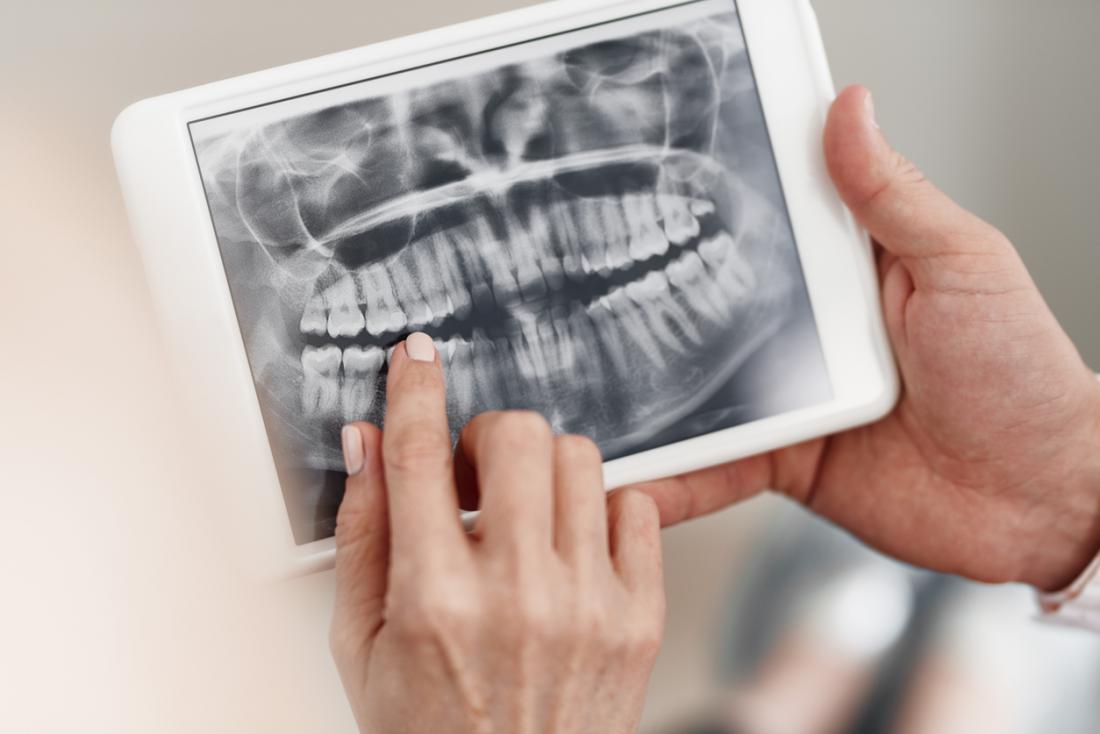With proper care, dry socket can be avoided. If it does develop, it is only a temporary condition that will resolve quickly with appropriate treatment.
What is dry socket?

Dry socket may occur after tooth extraction.
Dry socket, also known as alveolar osteitis, is a painful complication that sometimes happens after having a tooth extracted.
After a tooth has been removed, a blood clot normally forms where the tooth was. The blood clot protects the underlying bone, tissues, and nerves as the site heals.
In cases of dry socket, the blood clot does not form or is dislodged, leaving the bone and nerves exposed.
Risk factors
Not everyone who has a tooth extracted will develop dry socket. Dentists are not certain what causes dry socket, but certain factors can increase the risk of developing it.
These factors include:
- smoking
- using chewing tobacco
- use of oral contraceptives or estrogen replacement therapy
- not following care instructions after the tooth extraction
- poor oral hygiene
- infections in the gum or teeth around the extraction site
- having had dry socket in the past
- using a drinking straw after the tooth extraction
Symptoms
The symptoms of dry socket are easy to identify. While no two cases of dry socket are the same, common symptoms include:
- severe pain at the site of the extraction within 3 days
- missing blood clot at the extraction site
- bone visible at the extraction site
- foul smell coming from the mouth
- bad taste in the mouth
- pain radiating from the tooth socket to the ear, eye, temple, or neck on the same side
While a certain amount of pain and discomfort is normal after having a tooth pulled, worsening pain or severe pain is not normal.
Anyone experiencing severe pain that does not improve after a tooth extraction should see their doctor or dentist to rule out dry socket or other complications.
Diagnosis
A dentist or oral surgeon will likely suspect dry socket for any case of severe pain following a tooth extraction, but will also examine the person for signs of any other complications.
If necessary, the person will be sent for X-rays to rule out a bone infection, or to see if fragments of the bone or roots of the extracted tooth remain and are causing the pain.
Treatment

In some cases, a dental X-ray may be required to diagnose the cause of pain.
The treatment for dry socket consists primarily of pain management. A dentist will likely do the following to manage the symptoms:
- flush the socket to remove any irritating debris
- pack the socket with medicated dressings
- prescribe pain medication
After the dentist or oral surgeon treats dry socket in the clinic, the person will need to continue with home care for several days.
Home treatment usually includes:
- gently flushing the socket with a saline solution or medicated rinse for several days
- continuing to take pain medication as needed
Anyone with dry socket should keep any follow-up appointments with their dentist or oral surgeon to ensure proper healing.
Management and lifestyle changes
While medical management of dry socket will help relieve pain and promote healing, self-care at home is equally as important.
A person may need to make lifestyle adjustments while treating dry socket.
These changes include:
- stop using chewing tobacco
- quit smoking
- rinse mouth gently with warm water several times a day or as directed by a dentist
- take care when brushing teeth around the affected area
- drink plenty of clear liquids
- avoid foods that will irritate the area
- avoid carbonated beverages
- avoid drinking through a straw
- use hot and cold packs on the jaw or cheek as directed
Prevention

Quitting smoking can reduce the risk of developing dry socket.
Before surgery, a person having a tooth extraction can do the following things to reduce the risk of developing dry socket:
- stop smoking or using other tobacco products, including chewing tobacco
- research dentists and oral surgeons thoroughly to ensure they have sufficient experience in removing teeth
- stop taking any medications that interfere with blood clotting as directed by a doctor or dentist
Immediately following the surgery, the oral surgeon will take several precautionary measures to prevent dry socket. These steps include:
- packing the affected area with sterile gauze
- prescribing antibacterial mouthwash or oral gel to use following the surgery
- prescribing antibiotics if needed
At home, a person can take further steps to prevent dry socket after the surgery. These include:
- resting following the surgery
- avoiding sports and other activities that may knock the blood clot out of place
- drinking lots of water after the surgery and avoiding carbonated, hot, and alcoholic drinks
- eating only soft foods the day after the surgery
- taking care when eating to avoid disturbing the wound until it has healed
- avoiding any tobacco products for the first several days following surgery
- practicing good oral hygiene as directed by the dentist or doctor
- avoiding the area immediately around the healing wound when brushing teeth for the first day following surgery
Outlook
Dry socket, though very painful, usually improves soon after beginning treatment if a person follows the doctor’s instructions.
However, a person being treated for dry socket should follow up with their doctor or dentist to ensure no other complications have developed.
After developing dry socket once, a person is at higher risk to develop it again following another tooth extraction.
Let’s block ads! (Why?)





